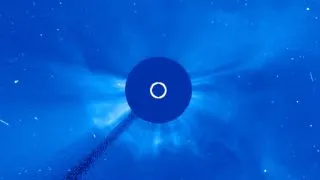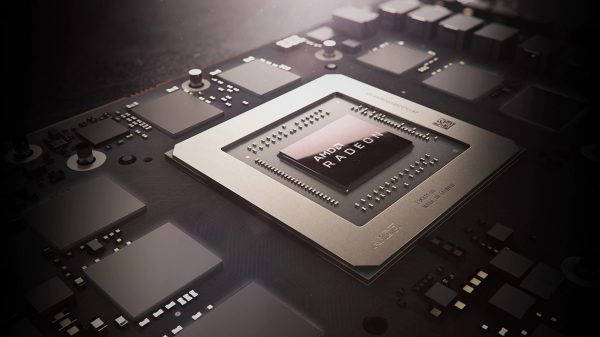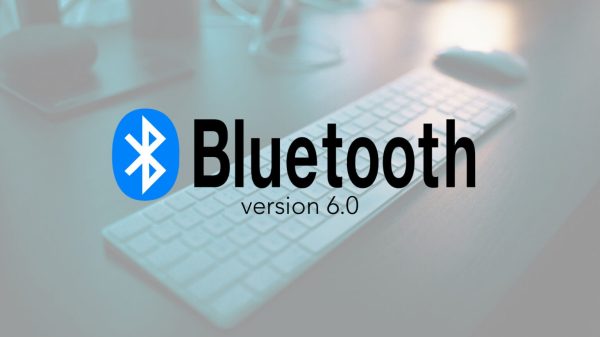The sun is often associated with the threat of climate change, but it is also an active and unpredictable force that can have significant effects on our planet. One such phenomenon is a coronal mass ejection, which is a huge ejection of plasma from the sun’s corona that can travel through space and interact with the Earth and other celestial bodies. On October 28, 2021, a coronal mass ejection was detected not only on Earth but also on the moon and Mars, as recorded by various spacecraft, including NASA’s and the European Space Agency’s SOHO solar mission.
This particular event was significant because it reached both Earth and Mars, which were on opposite sides of the sun, 150 million miles apart. Such events are rare and only the 73rd ground-level enhancement since records began in the 1940s. However, they can pose a danger to both people and electronics when the energetic particles from the sun’s corona reach the Earth’s magnetic field.
The Earth’s magnetic field provides a significant level of protection for humans on the ground, but it can be less effective for those living and working in space. This is particularly important for space agencies planning future crewed missions that travel far out of low-Earth orbit, such as to the moon or Mars. The radiation from the sun’s coronal mass ejection can also affect satellites and have an impact on communications, known as space weather.

2021 Coronal Mass Ejection
The 2021 event provided valuable data on how the radiation from this solar event affected the environment on Mars, as measured by orbiting missions like the Trace Gas Orbiter (TGO) and by rovers like Curiosity. This information can help researchers understand how much protection future crews will need to survive on Mars and prepare them for long-duration crewed missions. Space agencies and researchers are working together to develop strategies for protecting both people and electronics from the radiation caused by these events.
The study of coronal mass ejections and their effects on the Earth and other celestial bodies is critical to understanding the dangers of the sun’s activity and preparing for future space missions. Astronomers are keenly aware of the unpredictable nature of the sun’s activity, and are working tirelessly to monitor and study these events to better understand their impact on our planet and its inhabitants.
The European Space Agency’s SOHO solar mission is just one example of the many efforts being made to study and understand the sun’s activity. Launched in 1995, SOHO has been instrumental in monitoring the sun’s activity and providing critical data on coronal mass ejections. According to Colin Wilson, project scientist for SOHO, “The importance of understanding space weather and its impact on our daily lives cannot be overstated. The sun’s activity is a major factor in shaping our ability to communicate, navigate, and explore space.”









































